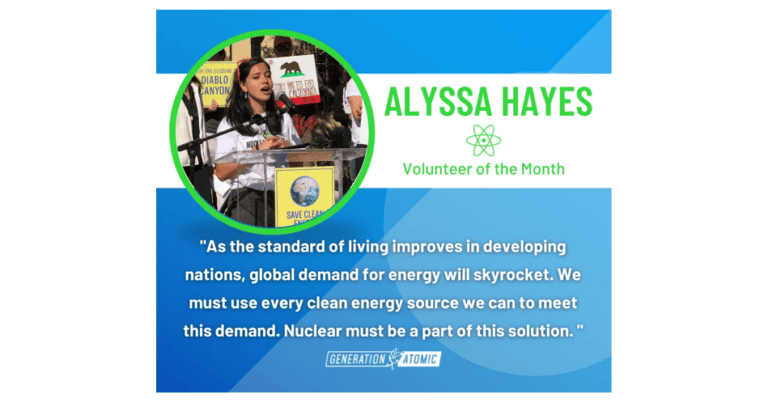Atomic Show #180 – The Year After Fukushima (Part 1)
One year ago today, one of the largest earthquakes in recorded history occurred less than 100 miles off of the north east coast of Japan. About 30-40 minutes later, a series of 7 tsunamis (tidal waves) decimated a large section of the coast, washing over numerous engineered barriers. The waves destroyed homes, factories, bridges, roads, railroads, natural gas pipelines, and government buildings.
On that same coast, the Fukushima Daiichi nuclear station lost all AC power when the grid supplying it was destroyed and all but one of the 12 diesel generators on the site were flooded. The electrical switchgear where emergency power sources could connect to the station was also flooded. Eventually three of the reactors at the site experienced core melting and released gaseous and water soluble radioactive materials. Most of the materials decay to innocuous isotopes within a few months, but two isotopes of cesium, Cs-134 (2.1 years) and Cs-137 (30 years) decay more slowly and will be in the environment for a long time to come. A total of 11 kilograms of cesium were released.
On the anniversary, I gathered a group of people who participated in an effort to share accurate information to counter the purposeful scare mongering provided by professional antinuclear organizations and lapped up by a news media that makes most of its money by selling advertising – often to fossil fuel competitors to nuclear energy.
Joining in on the conversation were:
Gwyneth Cravens, author of Power to Save the World: The Truth About Nuclear Energy
Meredith Angwin, publisher of Yes Vermont Yankee
Suzy Hobbs, Director of PopAtomic Studios
Steve Aplin, publisher of Canadian Energy Issues
The show was hosted by Rod Adams, Publisher, Atomic Insights
Podcast: Play in new window | Download (Duration: 1:17:49 — 35.7MB)
Subscribe: RSS




Great Roundtable!
Re: Atomic Show #180
Greenpeace/Greens telling people in Japan that “You’re going to die” because of Fukushima.
This is damningly callous and malicious. If other parties voiced such to a community in distress they’d be hunted as irresponsible bastards by reporters and pols alike, but not ONE whiff from either on either side of the Pacific about this? This comment ought be on very pro-nuclear sign and placard and the mainstream media swamped for their opinions on this! Even get churches involved at this immoral application of agenda-driven fear.
Try a audience call-in participation show!
James Greenidge
Queens NY
Your discussion of IEEE reminded me that in college, the majority of anti-nuclear engineers were the electrical majors. My personal experience, whatever it is worth, was that these students thought of electricity as the voltage source symbol on the diagram and that there just had to be a simpler easier way to make electricity than nuclear.
My own guess is that IEEE reflects many of the members (though not any with experience in power engineering) thoughts rather than a specific campaign through the organzation.
It’s a bit strange to me, because a pair of the things that lead me to rebuke the pro-renewable discourse are things that I learned in my early electrical studies.
One of them is that I trust that voltage source symbol to reliably deliver me electricity 100% of the time, and that “you will get it most of the time”, “only will be missing a few hours a year”, is extremely far from being adequate because of few ms of it missing, or fluctuations in the delivery will have really bad consequence. If it says 12 or 220 V I need it to be exactly 12 or 220, and not some other value that seems only a little different to the layman.
Another one is linked with electrolytic capacitor. At first you love them, providing such a convenient high capacity value, but then you start to realize that as soon as the frequency gets a bit higher, they don’t behave as capacitor at all. They actually become just pure inductance (the exact opposite of capacitor in electricity) at frequencies that are not that high at all. And there lies another very important truth. You can write that it’s a capacitor on the schematic but it doesn’t mean that it will be one in real life if you make the mistake of using it outside it’s validity domain.
The lesson was that any claim, any truth has a validity domain, and you can get the exact opposite result of what you expected if you don’t check very carefully when it really applies and when it doesn’t.
That theoretical calculation is doomed to fail if scaled far away from the context where it was verified.
However rethinking about it now quite many years later, I realize that our teaching team probably made a point of designing almost every project we had to do so we would have hands-on experience of this. They were on reflexion very probably acting on purpose. And it’s likely you can teach apparently the same materials to students without them learning any of that.